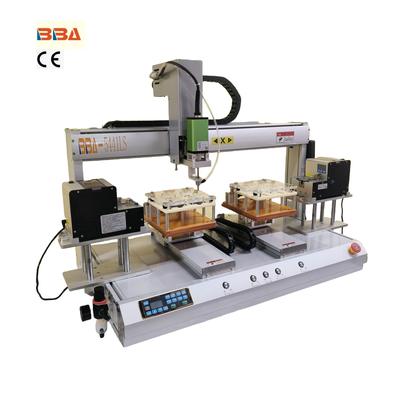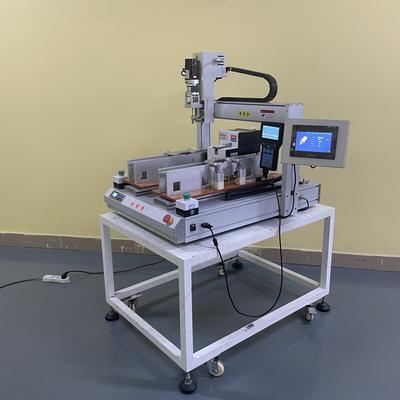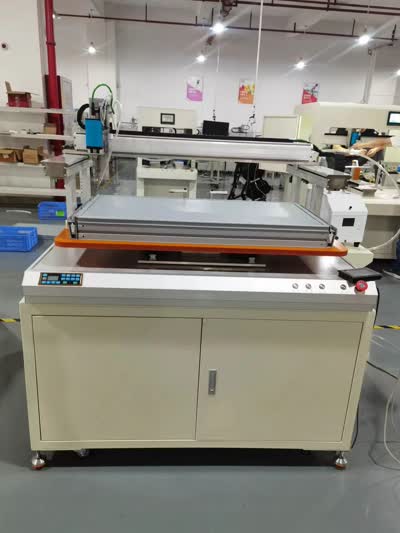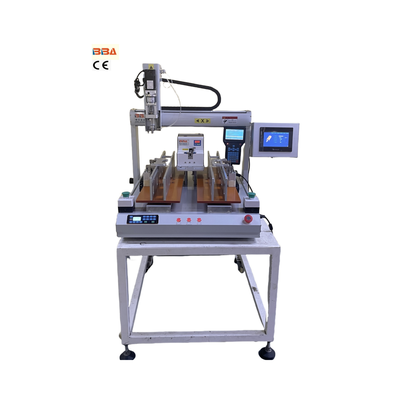PLC Screw Locking Automation | Industrial Control Systems
In the world of industrial automation, precision, reliability, and efficiency are paramount. One critical application where these factors come into play is screw locking automation—a process essential in assembly lines across industries such as automotive, electronics, and consumer goods. Programmable Logic Controllers (PLCs) have emerged as the backbone of this automation, providing the intelligence and control needed to ensure consistent and high-quality screw fastening operations.
PLCs are industrial digital computers designed to control manufacturing processes, including machinery on assembly lines. In screw locking automation, PLCs serve as the central nervous system, coordinating the movements of robotic arms, screwdrivers, and conveyors with exceptional accuracy. They receive input from sensors that detect the position of components, monitor torque levels, and verify the presence of screws. Based on this data, PLCs execute pre-programmed logic to adjust parameters in real-time, ensuring each screw is tightened to the exact specification required.
The advantages of using PLCs in screw locking automation are numerous. First, they enhance precision by eliminating human error. Manual screw fastening can lead to inconsistencies, but PLC-controlled systems apply the same torque and angle every time, reducing the risk of under-tightening or over-tightening. This is crucial in industries where product safety and reliability are non-negotiable. Second, PLCs boost productivity by enabling high-speed operations. They can manage multiple screwdriving stations simultaneously, significantly reducing cycle times and increasing throughput.
Another key benefit is flexibility. PLCs can be easily reprogrammed to adapt to new product designs or changes in the assembly process. This makes them ideal for high-mix production environments where different products require varying screw types, sizes, or tightening sequences. Additionally, PLCs facilitate seamless integration with other automation components, such as vision systems for quality inspection or data management software for traceability. This interconnectedness allows for comprehensive monitoring and optimization of the entire assembly line.
From a maintenance perspective, PLCs simplify troubleshooting and diagnostics. They can store error logs and provide real-time alerts when parameters deviate from norms, enabling quick identification and resolution of issues. This minimizes downtime and ensures continuous operation. Moreover, modern PLCs often feature user-friendly interfaces that allow operators to monitor performance and make adjustments without deep programming knowledge.
In summary, Programmable Logic Controllers are indispensable in screw locking automation, driving improvements in accuracy, speed, and adaptability. As industries continue to embrace smart manufacturing, the role of PLCs will only grow, paving the way for more innovative and efficient assembly solutions. By leveraging PLC technology, manufacturers can achieve higher quality standards, reduce costs, and stay competitive in a rapidly evolving market.

| Product Name | Applicable industries |
| Inline Screw Locking System | Industrial Control Panel Assembly |


